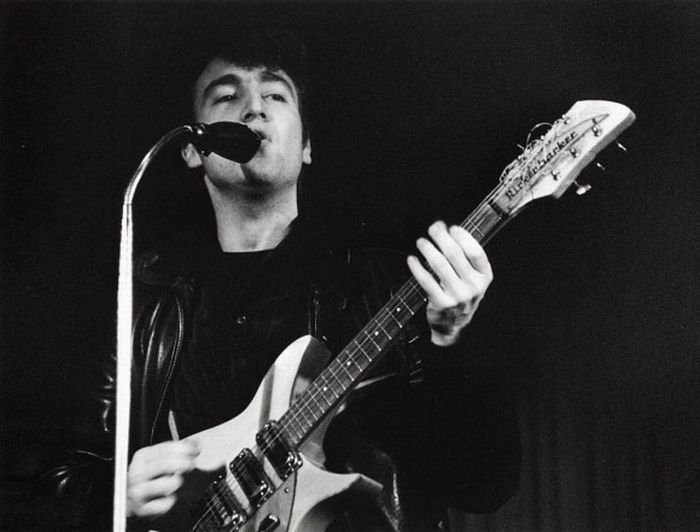History: Early Years Of The Beatles
|
In the interim came The Beatles, a double LP popularly known as the White Album for its virtually featureless cover. Creative inspiration for the album came from a new direction when, with Epstein's guiding presence gone, the group turned to Maharishi Mahesh Yogi as their guru. At his ashram in Rishikesh, India, a three-month "Guide Course" became one of their most creative periods, yielding a large number of songs including most of the thirty recorded for the album. Starr left after ten days, likening it to Butlins, and McCartney eventually grew bored with the procedure and departed a month later. For Lennon and Harrison, creativity turned to questioning when Yanni Alexis Mardas, the electronics technician dubbed Magic Alex, suggested that the Maharishi was attempting to manipulate the group. After Mardas alleged that the Maharishi had made sexual advances to women attendees, Lennon was persuaded and left abruptly, taking the unconvinced Harrison and the remainder of the group's entourage with him. In his anger Lennon wrote a pointed song called "Maharishi", which he later modified to avoid a legal suit, resulting in "Sexy Sadie". McCartney said, "We made a mistake. We thought there was more to him than there was."
During recording sessions for the album, which stretched from late May to mid-October 1968, relations among the band's members grew openly divisive. Starr quit for a period, leaving McCartney to play drums on several tracks. Lennon's romantic preoccupation with avant-garde artist Yoko Ono contributed to tension within the band and he lost interest in co-writing with McCartney. Flouting the group's well-established understanding that they would not take partners into the studio, Lennon insisted on bringing Ono, whom Harrison disliked anyway, to all of the sessions. Increasingly contemptuous of McCartney's creative input, he began to identify the latter's compositions as "granny music", dismissing "Ob-La-Di, Ob-La-Da" as "granny shit". Recalling the White Album sessions, Lennon gave a curiously foreshortened summing-up of the band's history from that point on, saying, "It's like if you took each track off it and made it all mine and all Paul's... just me and a backing group, Paul and a backing group, and I enjoyed it. We broke up then." McCartney also recalled that the sessions marked the start of the break-up, saying, "Up to that point, the world was a problem, but we weren't".
Issued in November, the White Album was the band's first Apple Records album release. The new label was a subsidiary of Apple Corps, formed by the group on their return from India, fulfilling a plan of Epstein's to create a tax-effective business structure. The record attracted more than two million advance orders, selling nearly four million copies in the US in little over a month, and its tracks dominated the playlists of American radio stations. Despite its popularity, it did not receive flattering reviews at the time. According to Jonathan Gould,
The critical response ... ranged from mixed to flat. In marked contrast to Sgt. Pepper, which had helped to establish an entire genre of literate rock criticism, the White Album inspired no critical writing of any note. Even the most sympathetic reviewers ... clearly didn't know what to make of this shapeless outpouring of songs. Newsweek's Hubert Saal, citing the high proportion of parodies, accused the group of getting their tongues caught in their cheeks.
|
|









